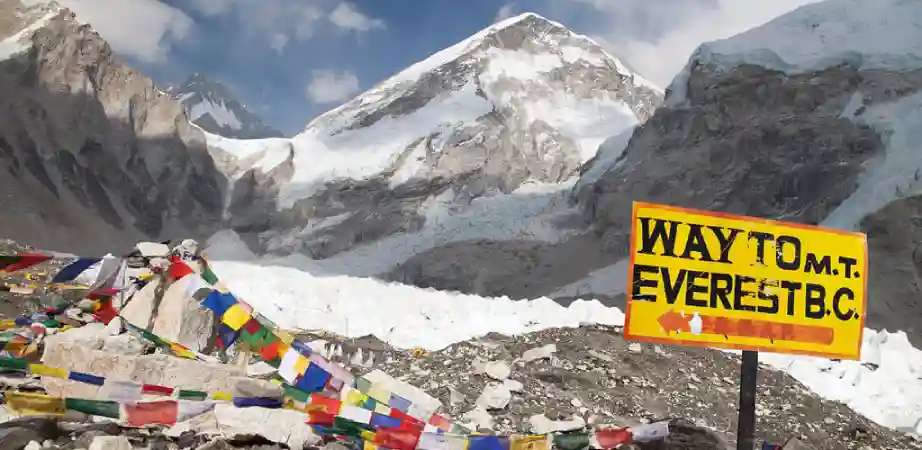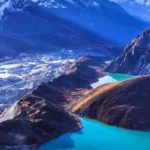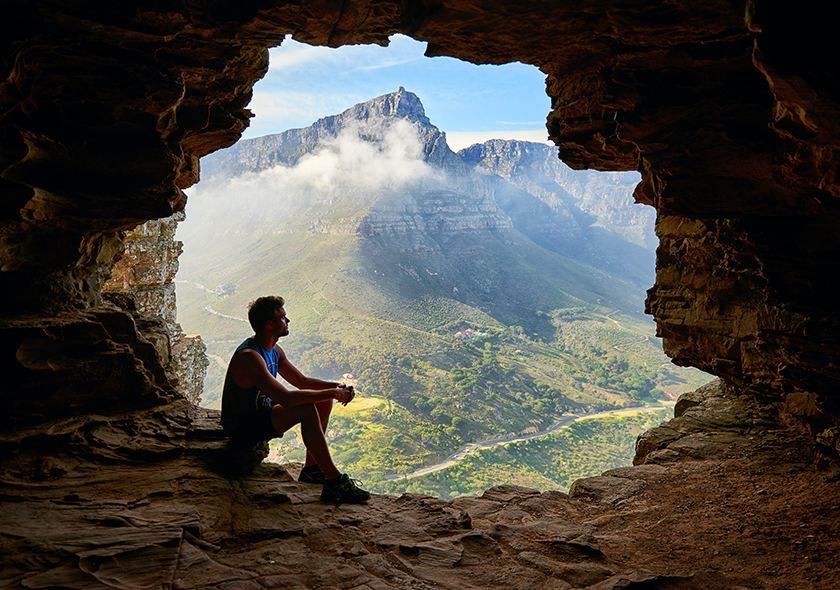
Everest Base Camp Trek – A Complete Guide with Essential Tools and Equipment
Introduction to Everest Base Camp Trek
The Everest Base Camp (EBC) trek is one of the most breathtaking and sought-after trekking adventures in the world. Located in the Sagarmatha National Park, the trek offers stunning views of the world’s highest peaks, including Mount Everest (8,848.86m), Lhotse, Nuptse, and Ama Dablam.
This trek is more than just a physical challenge—it’s a journey through rich Sherpa culture, monasteries, and the unparalleled beauty of the Khumbu region. However, to fully enjoy this experience, proper gear, fitness preparation, and trekking knowledge are essential.
Why Everest Base Camp is a Must-Visit Trek?
Trekking to Everest Base Camp is a dream adventure for many outdoor enthusiasts. Here’s why:




Best Time to Trek to Everest Base Camp
Timing your trek correctly ensures the best weather and trekking conditions.




Everest Base Camp Trek Route & Itinerary
A typical Everest Base Camp trek takes 12-14 days, starting from Lukla and passing through Namche Bazaar, Tengboche, Dingboche, Lobuche, and Gorakshep before reaching EBC.










Essential Trekking Gear for Everest Base Camp
Having the right trekking gear is crucial for safety and comfort.
Clothing & Footwear






Trekking Equipment & Accessories





Electronics & Gadgets



Frequently Asked Questions (FAQs) about Everest Base Camp Trek
1. Is a guide necessary for Everest Base Camp?
No, but hiring a guide enhances safety, cultural experience, and logistics.
2. Do I need a permit for the EBC trek?
Yes, you need a TIMS Card and Sagarmatha National Park Permit.
3. How difficult is the Everest Base Camp trek?
Moderate to challenging, requiring good fitness and altitude acclimatization.
4. What is the cost of the EBC trek?
Costs range from $1,200 to $2,500, depending on guide, permits, and accommodation choices.
5. What happens if I get altitude sickness?
Descend immediately, rest, and take altitude sickness medication if needed.
Conclusion
The Everest Base Camp trek is a life-changing adventure that requires thorough preparation, proper gear, and fitness training. Plan well, pack wisely, and embrace the journey to the base of the world’s highest peak!






